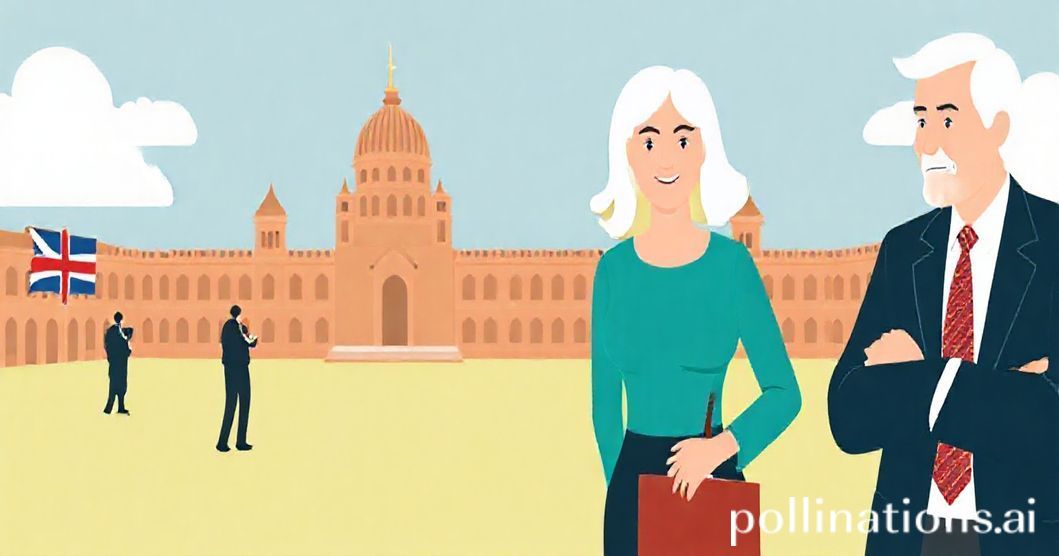Constituent Assembly – Written by Ravindra Garimella and Shristi Srivastava The 76th anniversary of the Constitution of India is round the corner. A lot of interest has been re-generated in constitutional values and Indian Constitution’s special features. Federation is one among these.
Advertisement The Indian Federation has its own uniqueness — more unitary than federal, but federal nevertheless. It will be of interest to note the nature of federation in India.
The Constituent Assembly was deliberating upon the framing of Constitution way before state reorganisation took place. The primary concern of the members of the Constituent Assembly was to have provisions to maintain and sustain the country’s unity while retaining federal structure.
On January 26, 1950, when the Constitution came into force, India was not only the largest democracy but also a quasi-federal parliamentary form of government encompassing India’s rich and diverse cultural, linguistic, religious and traditional patrimony. India became a republic with a single constitution, citizenship, an integrated judiciary and All India Services, fostering the indomitable conviction of our forefathers into a thread that holds the country together, popularly known as “Unity in Diversity”.
Why India chose a federal/quasi-federal model Advertisement In this context, it would be worthwhile to take note of excerpts from Constituent Assembly debates. On November 4, 1948, B R Ambedkar on Union vs Federation observed: “Some critics have taken objection to the description of India in Article 1 of the Draft Constitution as a union of states… The Drafting Committee wanted to make it clear that though India was to be a federation, the federation was not the result of an agreement by the states to join in a federation and that no state has the right to secede from it. The federation is a union because it is indestructible… The Drafting Committee thought that it was better to make it clear at the outset rather than to leave it to speculation or to dispute.
” On quasi federalism, Ambedkar observed: “Some critics have said that the Centre is too strong. Others have said that it must be made stronger.
The Draft Constitution has struck a balance… However much you may deny powers to the Centre, it is difficult to prevent the Centre from becoming strong… We must resist the tendency to make it stronger… It would be a folly to make it so strong that it may fall by its own weight. ” On November 18, 1949, B G Kher observed: “Unlike other countries which have a federation, it is not the fear of aggression or any outside agency that has inspired us to federate.
Our federation is the natural outcome of our unique struggle for freedom for years and years. ” The Constitution neither describes itself as a federation nor as a unitary state.
Article 1 declares: “India that is Bharat shall be a Union of States”. Thus, it encompasses the features of both federal and unitary.
It follows a quasi-federal design of governance and division of power with strong centre and commanding state units. Article 3 empowers Parliament to change by law the territories, areas and boundaries of the states without the states’ consent. India has a written and rigid Constitution, dual polity, bicameralism and division of power between the Union and state through Union, State and Concurrent Lists.
The Union List contains 97 subjects, the State List contains 61 subjects. On November 25, 1949, Ambedkar, on the fundamental principle of federalism, observed: “The chief mark of federalism lies in the partition of the legislative and executive authority between the Centre and the units by the Constitution…” During emergencies, Parliament has the power to legislate on the subjects contained in the State List.
Parliament has the power to make any law necessary for meeting any obligation resulting from an international treaty. The role, power, functions and responsibilities of the Council of States in such a context not only becomes imperative but also profound.
The Council of States represents thoughts, interests and regional aspirations while at the same time also puts checks and balances on the majoritarianism in the Lok Sabha. Present-Day Challenges India’s quasi-federal structure faces mounting challenges that strain Centre-state relations and test the federal compact. Fiscal centralisation has emerged as one of the most pressing concerns, with states experiencing a significant erosion of their financial autonomy.
The implementation of the Goods and Services Tax (GST), though intended to create a unified national market, has substantially diminished state taxation powers by subsuming State VAT under the GST framework. States have reported revenue shortfalls ranging from 19 per cent to 33 per cent, compounded by delays in compensation payments that have created severe cash flow challenges.
Beyond fiscal constraints, administrative and political centralisation has intensified tensions within India’s federal framework. The frequent invocation of emergency powers, exemplified during the Covid pandemic when the Disaster Management Act enabled nationwide lockdowns with minimal state consultation, has revealed vulnerabilities in federal coordination mechanisms. India’s Resilient Quasi-Federalism: Unity in Diversity Despite these formidable challenges, India’s quasi-federal model has demonstrated remarkable resilience and adaptability, maintaining national unity while accommodating extraordinary diversity.
The quasi-federal structure has facilitated critical national achievements, including the creation of a single-market economy, coordinated national programmes like Pulse Polio, and the peaceful resolution of inter-state disputes through constitutional mechanisms under Articles 262 and 263. Institutions embodying cooperative federalism — the GST Council, Niti Aayog, Inter-State Council, and Zonal Councils — have provided platforms for Centre-state dialogue and consensus-building. The 73rd and 74th constitutional amendments strengthened grassroots governance by empowering Panchayats and municipalities.
India’s federal framework, rooted in the principle of “self-rule with shared-rule”, has enabled it to transform its diversity into a strategic asset, proving that unity and plurality can coexist and reinforce each other in the world’s largest democracy. Garimella is an author, adviser on constitutional & parliamentary matters.
He is former joint secretary (legislation), Lok Sabha Secretariat. Srivastava holds a BA (Hons) in Political Science from University of Delhi and an MA in Public Policy from O P Jindal Global University.


